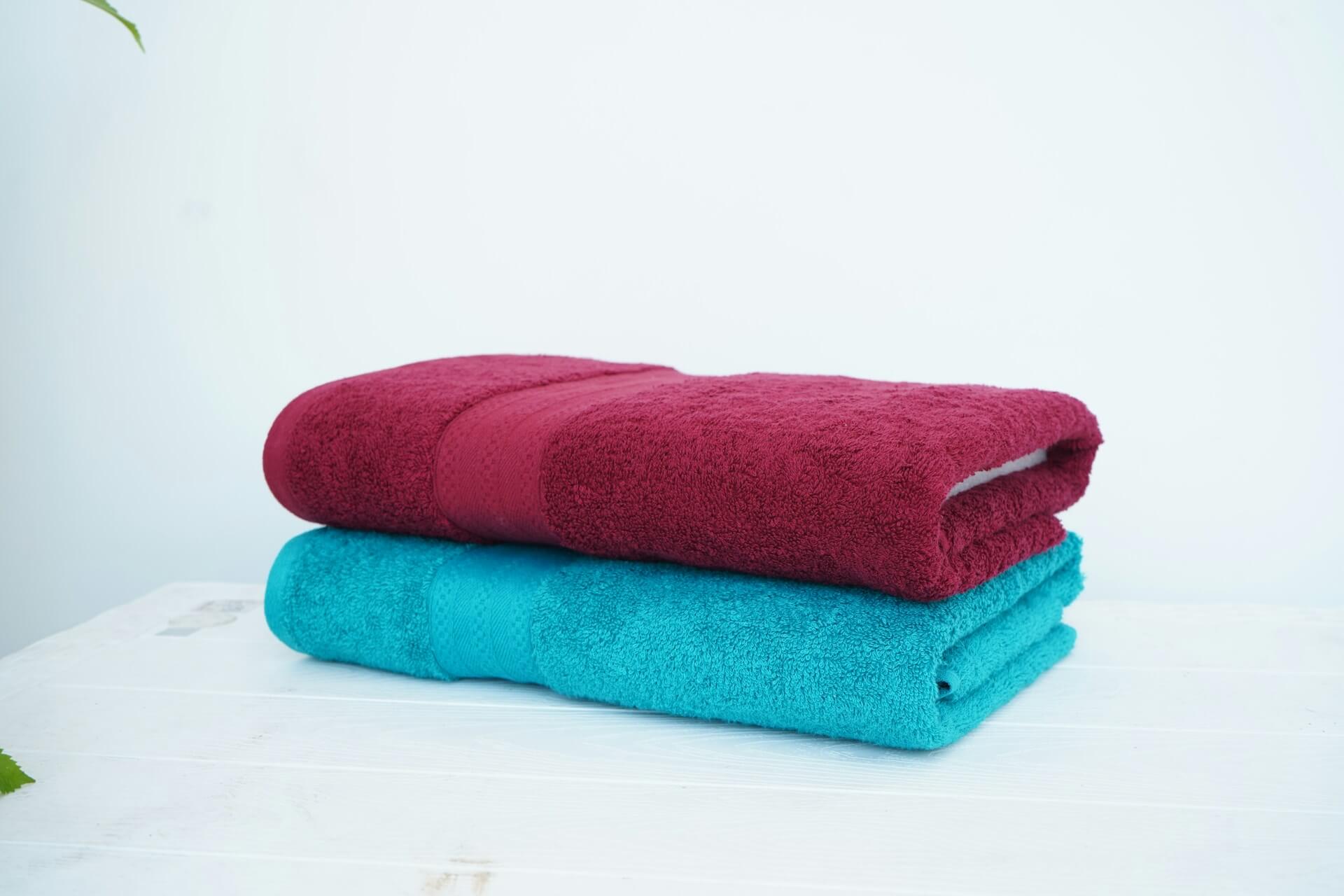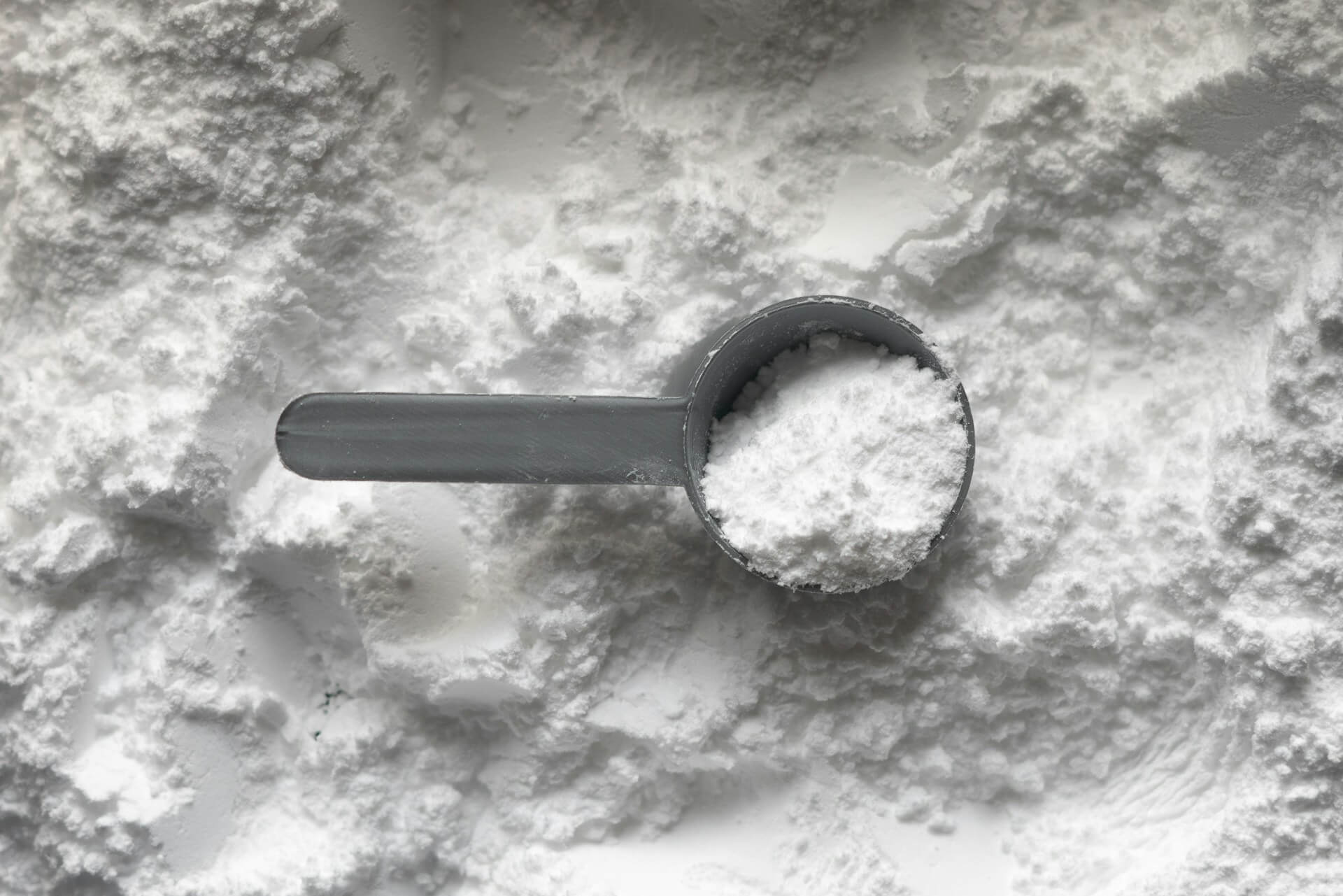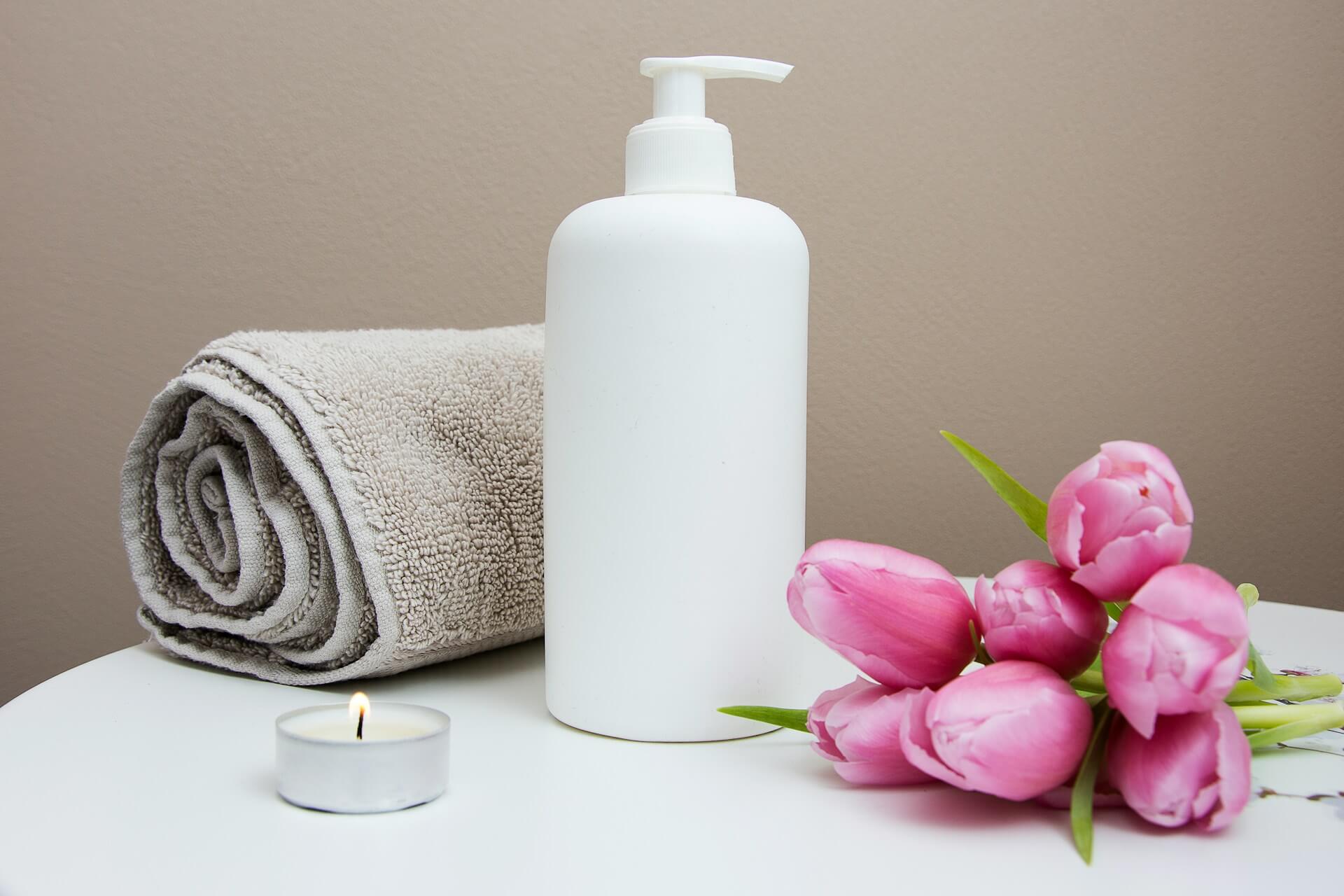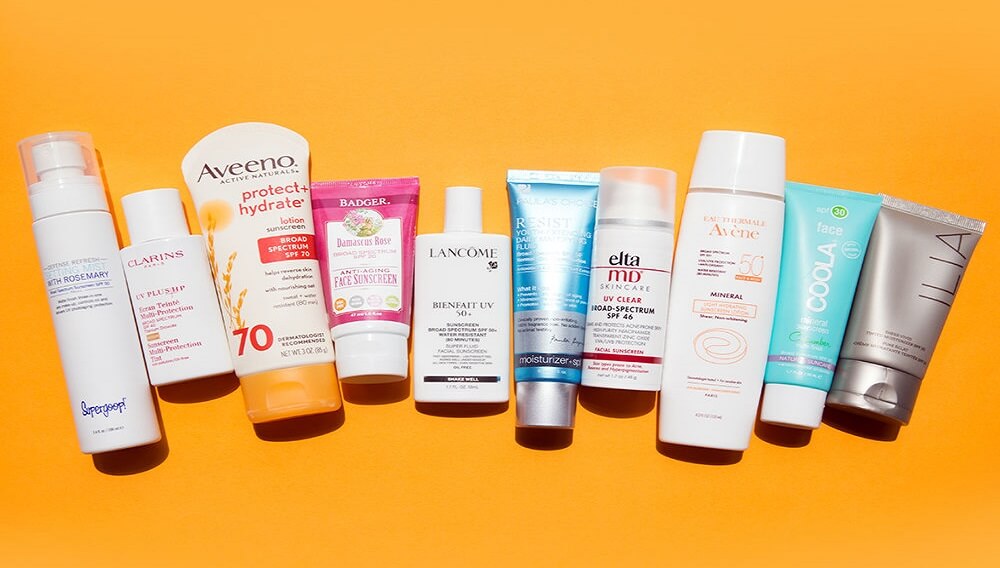When we lather up in the shower or apply skin cream to our face, we think we are using something that is healthy for us. Or at least safe. So for many of us, it would come as a shock to realize some of the most toxic chemicals in our homes, just dripping with known carcinogens, are hidden in our bathroom cupboards.
What is a Carcinogen?
Anything that leads to cancer is a known carcinogen. This could be drugs, energy, or pollutants in the environment, additives in food or cosmetics, lifestyle factors such as nutrition and physical activity, and even some medical treatments such as radiation therapy. This may seem simple enough; however, it is not so cut and dried.
Several authorities on the topic such as the World Health Organization’s (WHO), International Agency for Research on Cancer (IARC) have delineated numerous carcinogen categories to assist consumers in deciding exactly how potentially cancer-causing the substances in their food, drugs, and cosmetics may be. (Scared yet? Not to worry—tips on easily avoiding these known carcinogens will follow!)
Why Are Known Carcinogens in Bathroom Products?
Does skin absorb enough known carcinogens to really matter? Actually, skin
is your largest organ, and it does absorb a lot. Absorbency is not really the problem. Permeability is. Your skin is permeable, meaning it not only absorbs substances it contacts, it also allows them through the skin and into other tissues, such as the subcutaneous fatty layer. Because many known carcinogens are fat-soluble, this presents a huge problem.
TRANSDERMAL DRUGS SHOW THE POWER OF DIRECT CONTACT
People are increasingly aware that skin is more like living fabric than living plastic wrap. Doctors prescribe transdermal patches to distribute some medications without stomach upset or to ensure a continuous dose over time, as the patient’s skin will slowly absorb the medicine through all its layers and into the tissue beneath. Unfortunately, beneficial medications are not the only substances that can travel through the skin into the body. Harmful ingredients in anything we touch may travel in just as readily.
FUMES & INHALATION
Skin is VERY absorbent and permeable, but it is not the only inroad for known carcinogens in your body care products. Many contain fragrances and solvents to help the fragrances become airborne, so you inhale them more readily. Lung irritation is a real risk when considering body care ingredients. The lovely scent you inhale may enter through your lungs, but cause inflammation throughout your body.
YOUR CONTACT PASSED TO CHILDREN
If you are a mother, remember, what touches you touches your baby. Pesticides, phthalates, and UV filters or other known carcinogens from sunscreens were found in high concentrations in human breast milk from the mothers’ use of cosmetics—many in concentrations above the “safe” limit for adults! This is just what was found in the mothers’ milk, without the more direct connection the umbilical cord would provide during pregnancy.
TRY THE GARLIC TEST. DON’T JUST READ ABOUT IT AND TAKE MY WORD FOR IT.
For a very quick, simple object lesson on the ability of the skin to open the doorway into your entire body, take off your shoes and socks, and rub the sole of your foot with a piece of garlic for a few minutes. Set a timer if you are curious. How long does it take you to taste garlic in your mouth? The average time for this test is 3 – 5 minutes. Garlic doesn’t have any penetration-enhancing ingredients to force it deeper into tissue like many cosmetics, so most of them enter your tissue even faster.
How Much is Too Much in the Human Body?
These ingredients are not in parts per million (ppm) or parts per billion (ppb) like pollutants in drinking water or preservatives in food—they are often the main ingredients. Even in products that only use known carcinogens as a preservative or emulsifying agent, the ingredients are present in much higher concentrations than we usually think. For example, the lead in drinking water or the tocopherols in cracker packages are in extremely minute quantities compared to the sodium lauryl sulfate in body wash.
They are applied to our largest organ and one of our most porous organs— our skin, and many are applied directly to our hands, face, and lips—ingestion and absorption of cosmetics is a fact. (Hint – this is why topical application of essential oils is so beneficial!)
Is it ever safe to apply a chemical believed to be capable of causing cancer to your skin, and hope it does not penetrate in sufficient quantities to harm you? When dealing with known carcinogens it seems common sense to err on the side of caution but that’s not how large corporations think. Most substances are cumulative if they have been adulterated.
Our bodies are designed to ingest, absorb, utilize, and excrete many beneficial foods, drinks, and even body care aids without any detrimental effects. The trouble comes when we alter natural substances too much—we want to preserve ingredients beyond their pre-programmed time for decay, we want to make colors brighter and scents more powerful, we want soaps to foam like a science experiment, we want anti-aging creams to penetrate through our skin and work miracles, we want shampoos to strip every trace of natural moisture from our hair, and we want conditioners to replace the stripped oils with synthetic ones.
All of these unnatural wishes yield unnatural consequences, and unnatural consequences tend to be cumulative—that is, they add up in our systems over time. It is difficult for our bodies to excrete the carcinogenic ingredients, and it
is difficult to heal the damage they cause—it all keeps adding up. Allowing your body time to detoxify itself can be helpful. But minimizing your exposure and choosing healthier options is vital.
Many known carcinogens are fat soluble, so the protective hypodermis—the subcutaneous fat layer—fails to protect us. Our skin’s innermost layer is a layer of fat that protects us from thermal shock and other harm. Unfortunately, in the case of fat-soluble carcinogens this protection backfires. If the ingredients penetrate through the upper skin layers—usually with the addition of penetration enhancers which are frequently fat-soluble—it is readily absorbed into our own tissue where it does much unintended harm.
How much cancer do you want? How will you decide how much is too much when considering exposure to known carcinogens? Is even a very small amount of mercury acceptable in your child’s dental filling? How much formaldehyde do you want to absorb? What is a tolerable amount of coal tar in your daughter’s lip balm? Or how much cancer risk would you like to invite into your life?






